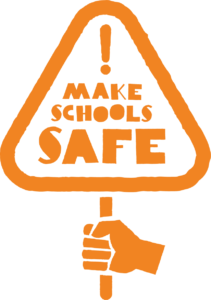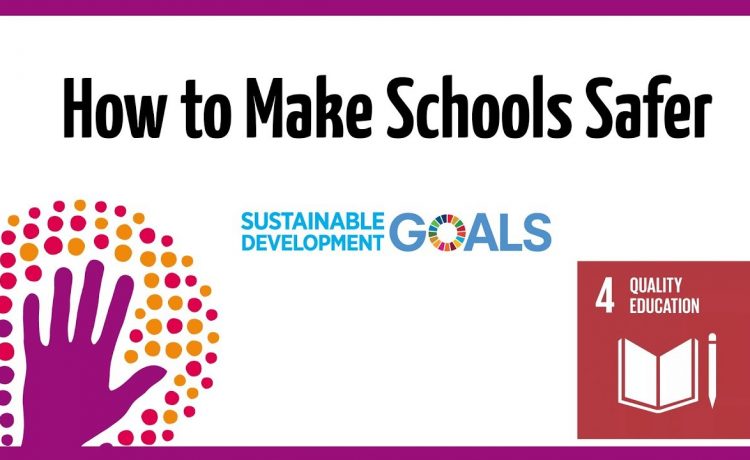Pedagogical philosophy and beliefs about what knowledge discipline should expand are changing. Teaching practice and processes also begin to evolve. Classrooms are “turning around”, and the responsibilities and roles of teachers and students are being replaced.
Sensible solutions for safer schools and vision for positive learning environment is the solution. Changing our schools physically and changing the perspective is the answer to simple questions – how to make schools safer, and how to advance the learning process.
Safer schools
In a narrower sense, school violence is defined as the phenomenon of violent behavior that occurs in the school itself. But the very place of violence can not be the only criterion for determining violence in school. Any phenomenon of peer violence, however, is not directly related to the life of the school. Although the term school violence implicitly implies that the school, as an institution, in itself generates the appearance of violent behavior in its own environment, we can not agree with such a statement.
However, the school has the tools it needs to create an open and secure space for dialogue as a preventive but also resolving tool to prevent further violence, and it can also be a space for education on how to deal with violence in school and in life, how to prevent it, and not to be those who cause it. Education is the key to every problem, even this one. In a safe environment, children and people can learn not only preventive steps but also the way of thinking and emotional intelligence that is needed to solve conflicts, prevent violence, but also deal in a healthy with it – and most importantly, how to live a life in which violence does not occur. But for all of that to work, the whole community has to be a part of that change.
Learning environment
Classroom designers and building designers also undergo a change – experimenting with spaces to break away from the old design of the industrial age. It’s a really exceptional time. Although we still have to reach the peak, most would agree that there is no return. Education will never again be what was once, and what it can be in the future is exciting and extraordinary opportunities, filled with ideas about ideal learning spaces.
How can today’s education systems define and design better learning environments (appearance, classroom equipment, space use)? How does the classroom or student city of the future look like? Is there a unique, best formula for transforming old traditional classrooms into interactive classroom classes?
Educational systems must choose between different trends that have a major impact and determine what are the possibilities of classrooms that best suit their goals. By researching the “Three Major Spheres of the Learning Environment” – who is the student and how he/she learns, who teaches and with what tools, what is being taught and why – we will come to an answer how to make schools safer and more inspiring environment.







